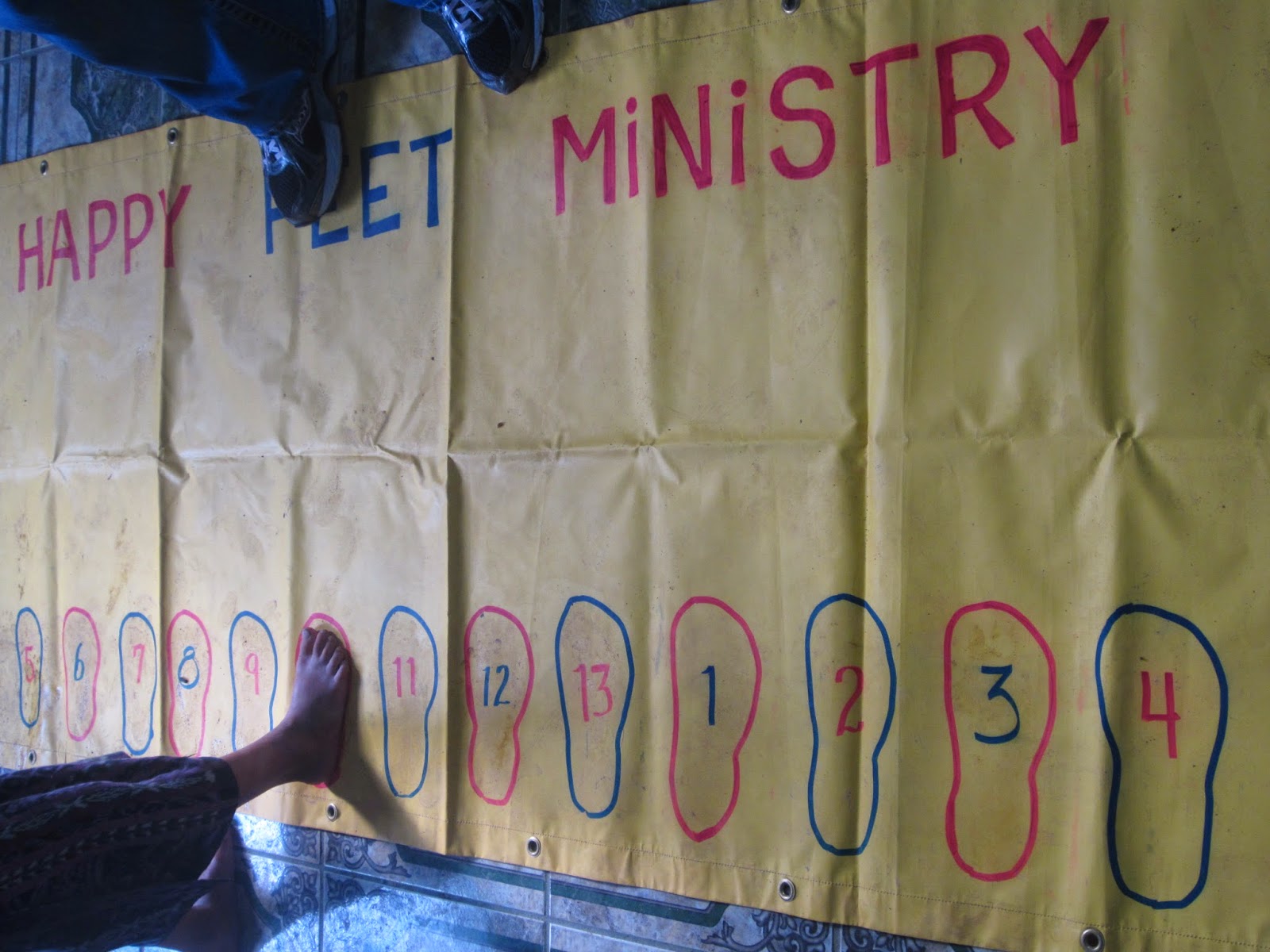We finished all the shopping on Sunday afternoon and started packing on Sunday night. In order to save space in the vans for shoes, luggage and people, we decided to put all of the food/drinks/ supplies/dishes/appliances and everything else we needed for the week in the back of our truck. Stephen brought a tarp and his straps so we loaded the bed to the roof. The back seat was also filled to the top!
About 8:00 a.m. Monday morning the caravan of two trucks and four 15-passenger made its way from Nelson and Rosemarie's house to pick up the team at the Biltmore. One van was filled with luggage, 15+ duffles of shoes/socks and the rest of the supplies (soap, powder, towels, gospel bracelets.) The turnaround time was quick and we were on the road to our hotel in Chimaltenango about an hour and a half out of Guatemala City. We were able to get checked in and drop off all of the food (except for Monday's lunch cooler) and begin our journey up the mountain.
On Sunday evening, we had heard that several groups of workers were going to be staging protests and the protests would block traffic. After about an hour of driving we came upon a long line of traffic which was unable to move past the protesters. Everyone was out of their vehicles and a few of the gringos shared the gospel with the people on one of the stopped buses. After about an hour, we decided to take our lunch break so we set up the cooler behind one of the vans.
We had plenty of time to eat, clean up and visit because the protest was expected to continue until 1:00 at the earliest and 3:00 at the latest. The local pastor we were working with told us that the the people in the town where we were planning to go began gathering at 10:00 am and would wait until we arrived (at whatever time.) About 1:30, we were informed there was a "short-cut"around the mountain and the four vans began following Pastor Francisco. We were stopped yet again, but finally arrived at the church about 3:00 p.m. It was completely full!
We quickly organized the shoes, feet-washing stations and began the process of sharing with the kids. Oh my goodness, what a blessing to see their precious faces! I was fortunate to translate for Emily and she was so patient with me. Most of the children who are under 6 years old (not yet in school) only speak and understand Kaqchikel (their specific indigenous dialect) so there were times when we were translating English to Spanish and Spanish to Kaqchikel. The school-aged children learn Spanish and, even though it is their second language, they were able to understand us.
There's more to come, but that will have to wait for another day.





























